PODIA SCAN
A Podia Scan, also known as a foot pressure scan, is a diagnostic tool used to assess the distribution of pressure across the plantar surface of the foot. This scan is particularly useful for identifying areas of high pressure that may lead to foot problems, especially in individuals with diabetes or other conditions that affect foot health
Foot Pressure Mapping: The insoles contain sensors that map the pressure distribution across your feet as you stand or walk. This helps identify areas of high pressure, which could indicate issues like misalignment or excessive strain on certain parts of the foot.
Custom Foot Analysis: The sensors gather data on your foot’s arch, gait, and alignment. This analysis can be used to identify conditions like flat feet, high arches, or other abnormalities.
- Best Podia scan insole Near Me | Flat foot insole, valgus foot insole 9321110091
If you’re looking to use them, you might stand or walk while wearing the insoles for a period of time to allow the sensors to gather the necessary data. Some devices might even connect to an app or software on your phone to give a detailed analysis of your foot’s health. We are the Best Podia scan company for Flat foot insole, valgus foot insole
Would you like more detailed information about how to use them or the benefits they offer?
Versatility and Adaptability:
Prosthetics can be designed to accommodate various activities and lifestyles, from basic walking to sports and other physically demanding tasks.
Osseointegration Advantages:
Osseointegration (direct attachment of a prosthesis to bone) offers. advantages like stable anchoring. Increased wearing time, less energy required for walking, and improved quality of life.
Myoelectric Prostheses Advantages:
Myoelectric prostheses, controlled by muscle signals, offer more intuitive control, Increased grip strength, and a wider range of grip patterns.
Why Choose Podia Scan for valgus foot
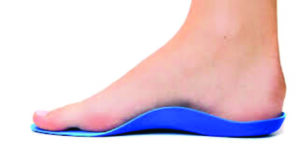
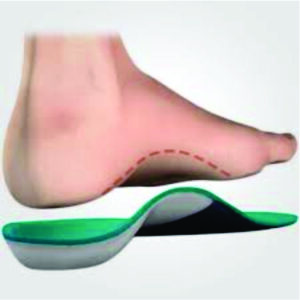
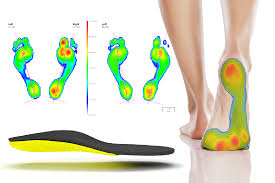
Valgus foot insoles are designed to correct foot alignment and provide support for individuals suffering from valgus deformity. This condition causes the big toe to angle outward, leading to discomfort and misalignment. These insoles feature a specially designed arch and cushioning to help redistribute pressure, relieve pain, and restore proper foot alignment
-
Genetics: A genetic predisposition for joint laxity or muscle weakness can lead to valgus foot deformity.
-
Improper Footwear: Wearing tight, narrow shoes can contribute to the development of this condition.
-
Foot Injuries or Trauma: Injuries to the foot can cause misalignment and lead to valgus deformity.
-
Joint Disorders: Conditions like arthritis can affect the joints and contribute to the development of valgus foot deformity.
-
Abnormal Foot Mechanics: Issues with the way the foot functions can lead to misalignment and deformity.
-
Inflammatory Arthropathies: Conditions like rheumatoid arthritis and psoriatic arthropathy can increase the risk of developing valgus foot deformity due to chronic inflammation.
-
Posterior Tibial Tendinopathy: This condition, which affects the posterior tibial tendon, is a common cause of hindfoot valgus deformity
How Podia Scan Improve Quality of Life
-
Early Detection: Podia Scan can identify early signs of diabetic neuropathy, which is nerve damage caused by diabetes. Early detection allows for timely intervention and treatment, preventing further complications.
-
Personalized Treatment: By assessing the risk of peripheral diabetic neuropathy, Podia Scan helps healthcare providers create personalized treatment plans to relieve pain and prevent further nerve damage.
-
Footwear Assessment: Podia Scan can evaluate foot pressure distribution, helping in the design of customized diabetic footwear. These tailored shoes provide optimal support and comfort, reducing the risk of injuries and ensuring better foot health.
-
Comprehensive Care: Podia Scan is part of a multidisciplinary approach to diabetes management, involving podiatrists, primary care providers, nutritionists, and diabetes specialists. This collaborative effort ensures seamless diabetes management and empowers patients with self-management tools for a better life.
-
Education and Prevention: Podia Scan is used to educate patients about proper foot care, regular foot checks, blood sugar monitoring, and adherence to dietary advice. This knowledge helps patients maintain proper blood circulation and overall health
Podia scan Fittings and Adjustments What to Expect
Podia scan insoles are typically used to assess and improve foot health by scanning and analyzing the structure and pressure points of your feet. Here’s how they generally work:
Preventive Care and Comfort: By identifying potential problem areas early, Podia scan insoles can help prevent long-term issues like plantar fasciitis, bunions, or heel pain. They can also improve overall comfort by ensuring even weight distribution across your feet. Get scan for flat foot insole, Best Podia scan insole. Advance foot scanner with report.


Prosthetics
Prosthetics refers to the design, creation, and use of artificial limbs or body parts to restore mobility and functionality for individuals who have lost a limb due to injury, disease, or congenital conditions. Modern prosthetic devices are made using advanced materials like carbon fiber, silicone, and titanium, ensuring durability, flexibility, and a natural appearance. Technological advancements, such as bionic prosthetics and 3D printing, have significantly improved their functionality, allowing for better movement and comfort. These devices not only enhance physical capabilities but also improve the overall quality of life by restoring independence and confidence.
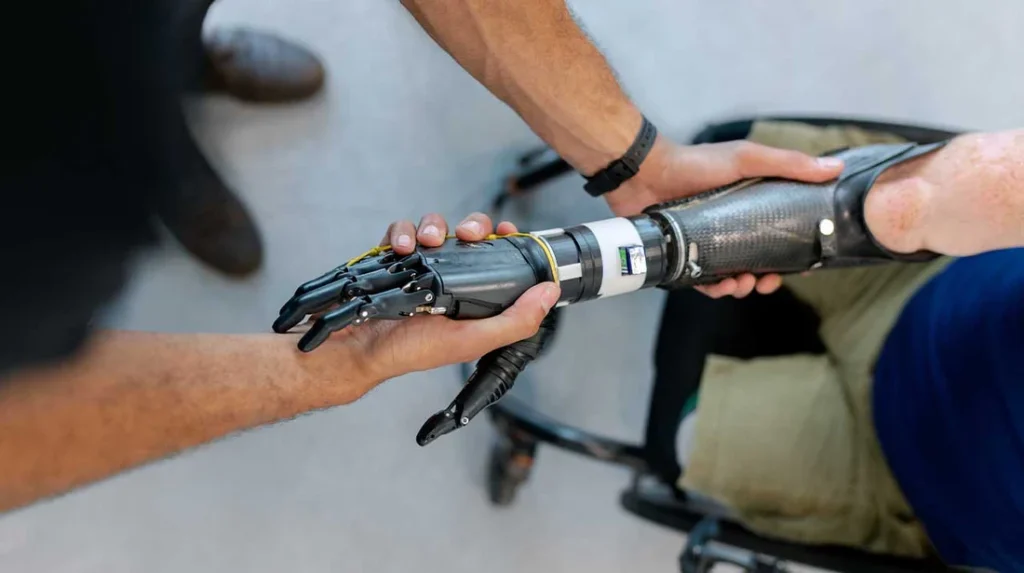
Upper Extremity
The upper extremity refers to the region of the human body that includes the shoulder, arm, forearm, wrist, and hand. It plays a crucial role in performing various daily activities, from lifting and carrying objects to fine motor tasks like writing and typing. The upper extremity consists of bones such as the humerus, radius, and ulna, along with muscles, joints, tendons, and nerves that enable movement and dexterity. Injuries or conditions affecting the upper extremity, such as fractures, arthritis, or nerve damage, can significantly impact mobility and functionality. Medical interventions, including physical therapy, surgery, and prosthetics, help restore strength and movement in cases of impairment.

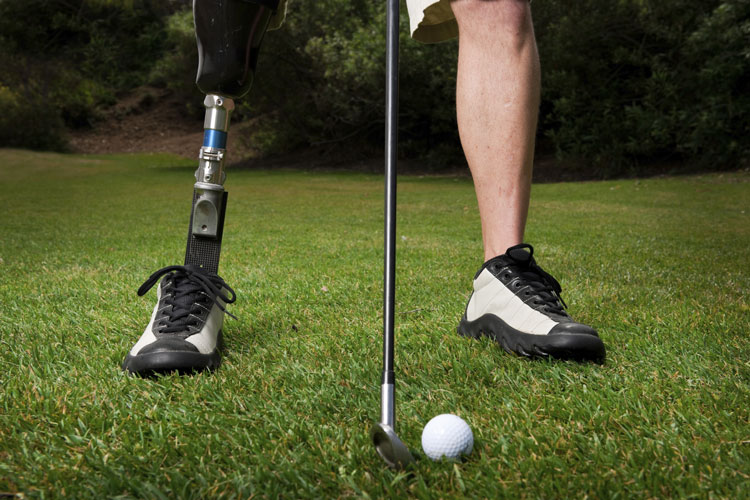
Lower Extremity
The lower extremity refers to the part of the human body that includes the hip, thigh, knee, leg, ankle, and foot. It is essential for weight-bearing, balance, and movement, enabling activities like walking, running, and jumping. The lower extremity consists of major bones such as the femur, tibia, and fibula, along with muscles, ligaments, tendons, and joints that provide strength and flexibility. Injuries or conditions affecting the lower extremity, such as fractures, arthritis, or nerve damage, can severely impact mobility and quality of life. Medical treatments, including physical therapy, surgery, and prosthetics, help restore function and improve movement in cases of impairment.

Silicon Prosthesis
Silicone prosthesis is a type of custom-made artificial body part designed to replace missing limbs, fingers, toes, or facial features with a lifelike appearance and texture. Made from medical-grade silicone, these prosthetics closely mimic natural skin in color, texture, and flexibility, providing both functional and aesthetic benefits. They are commonly used in cases of amputations, congenital deformities, or trauma-related injuries. Silicone prostheses offer comfort, durability, and water resistance, allowing users to carry out daily activities with ease. Advanced techniques, such as color matching and embedded details like veins and fingerprints, enhance realism, boosting the confidence and quality of life of individuals who use them.

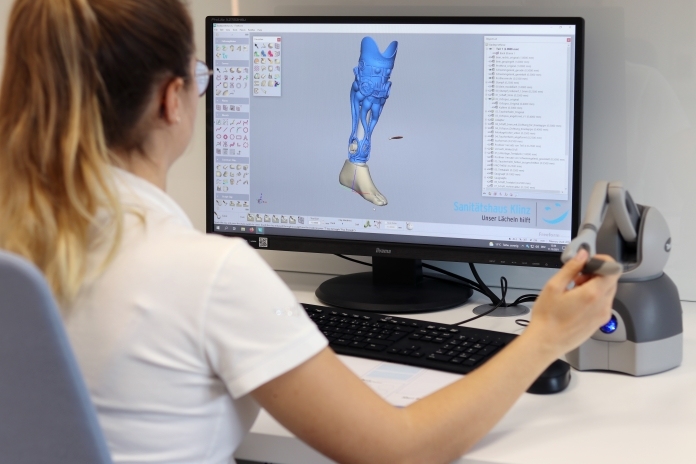
3D Scanning Prosthesis
3D scanning prosthesis is an advanced technology that uses high-precision 3D scanning to create customized prosthetic limbs and body parts with exceptional accuracy. This process captures detailed measurements of the residual limb or affected area, ensuring a perfect fit and enhanced comfort for the user. By eliminating traditional molding techniques, 3D scanning significantly reduces the time required for prosthesis fabrication while improving precision and design efficiency. Combined with 3D printing, this technology allows for lightweight, durable, and highly functional prosthetics tailored to individual needs. It has revolutionized the field of prosthetics by making high-quality, affordable, and personalized solutions more accessible to amputees and individuals with limb differences.

Orthotics
Orthotic prosthesis refers to a specialized medical device that combines elements of both orthotics and prosthetics to support, correct, or replace a missing or impaired limb. Orthotic devices, such as braces and supports, help stabilize and improve the function of weakened or deformed limbs, while prosthetic components replace lost body parts to restore mobility. This hybrid approach is particularly beneficial for individuals with conditions like partial amputations, neuromuscular disorders, or joint instability. Advanced materials like carbon fiber, silicone, and 3D-printed components enhance durability, comfort, and functionality. Orthotic prostheses improve mobility, reduce pain, and enhance the overall quality of life by providing tailored support and movement assistance.


Accolades
Accolades prosthesis refers to high-quality, innovative prosthetic solutions that have been recognized for their excellence in design, functionality, and user comfort. These prosthetic devices are developed using cutting-edge technologies, such as 3D printing, advanced biomechanics, and bionic enhancements, to provide superior mobility and adaptability. Many accolade-winning prostheses focus on improving the lives of amputees by offering lightweight, durable, and highly customized designs that closely mimic natural limb movement. Recognized by medical professionals and industry experts, these prosthetic advancements contribute significantly to rehabilitation, independence, and confidence for users, setting new standards in prosthetic care and technology.

Podiascan
Podiascan prosthesis is an advanced prosthetic solution that utilizes podiascan technology to assess foot pressure distribution and gait patterns for individuals with lower limb impairments. This technique involves scanning the foot to analyze weight distribution, arch structure, and pressure points, ensuring a highly customized prosthetic design for optimal comfort and functionality. By using podiascan data, prosthetists can create well-fitted prosthetic feet or orthotic supports that enhance mobility, reduce strain, and prevent complications such as pressure sores or misalignment. This technology is particularly beneficial for individuals with diabetes, limb loss, or orthopedic conditions, as it helps improve balance, posture, and overall movement efficiency.










